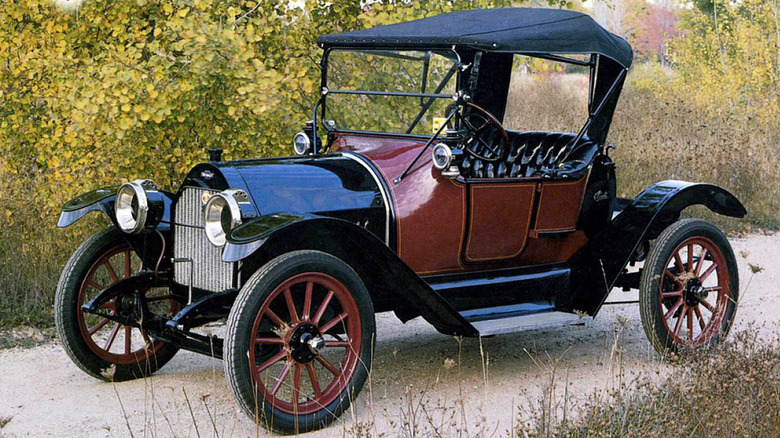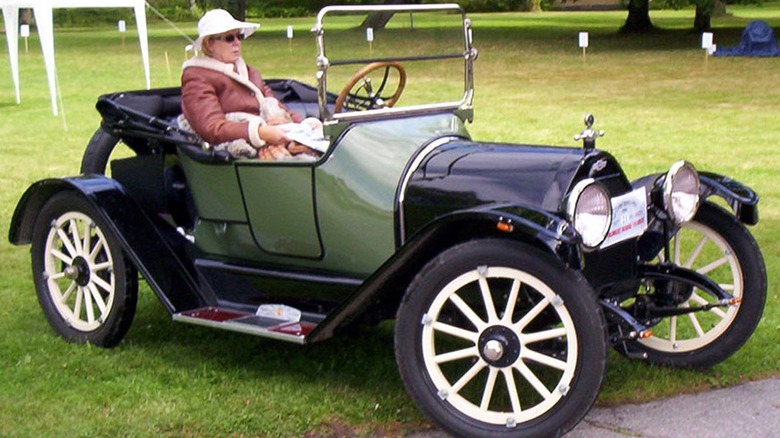Everything Chevy Fans Should Know About The Series H-2 Royal Mail
The legend of the Ford Model T is known far beyond the automotive industry. Henry Ford's determination to make the newfangled motorcar affordable for most Americans led to the refinement of the assembly line process and the manufacturing of more than 15 million Model Ts between 1908 and 1927. It helped establish the automobile as a desirable and accessible consumer product and established Detroit as the center of the American car industry.
William Durant dropped out of school to work in a lumberyard and sell cigars and bought a horse-drawn carriage company in 1886. Durant took over the management of Buick in 1904, and in four years the company was selling more cars than Ford and Cadillac combined. He was instrumental in the formation of General Motors in 1908, but Ford had taken control of the market and Durant ceded control of GM to creditors in 1910. Swiss race driver and engineer Louis Chevrolet, who had driven for Buick in 1909, approached Durant about building a new car, and the two men formed the Chevrolet Motor Company in 1911.
The first two Chevrolets hit the market in 1914, with a valve-in-head engine design that siphoned customers from Ford, which was still using a flathead engine, where the valves are located in the engine block. Those first two Chevys were the H-4 Baby Grand touring car and the H-2 Royal Mail roadster.
The Royal Mail had a leather cone clutch
Both models continued into 1915, with slight differences between them beyond the H-4's larger passenger compartment. The H-4 had an electric starter, while the Royal Mail's engine had to be cranked alive by hand. The Royal Mail's fuel system was gravity-fed from the rear-mounted tank, while the Baby Grand had a pressurized fuel system. Both models were powered by a 171 cubic inch four-cylinder engine that made 24 horsepower and was lubricated by a splash system. They had wooden wheels and leaf springs at all four corners, although the brakes only slowed the rear wheels. Both models were priced starting at $750, which is a little more than $23,000 in today's money — a shade more than the cost of a 2024 Toyota Corolla.
Fuel was fed from the 16-gallon tank to the engine via a 1-inch Zenith carburetor with twin jets, and a leather-clad cone clutch sat between the engine and the three-speed transmission. The tires were 32 inches around and 3 1/2 inches wide, and the steering wheel was 16 inches across. Both models came standard with a mohair top and side curtains, a windshield, and a jack and tire pump, but the electric lamps and a starter were optional on the Royal Mail. With all options and fully loaded with fuel, oil, and water, the H series cars weighed 2,200 pounds.
[Featured Image by Lglswe via Wikimedia Commons|Cropped and scaled|CC-By 3.0]

